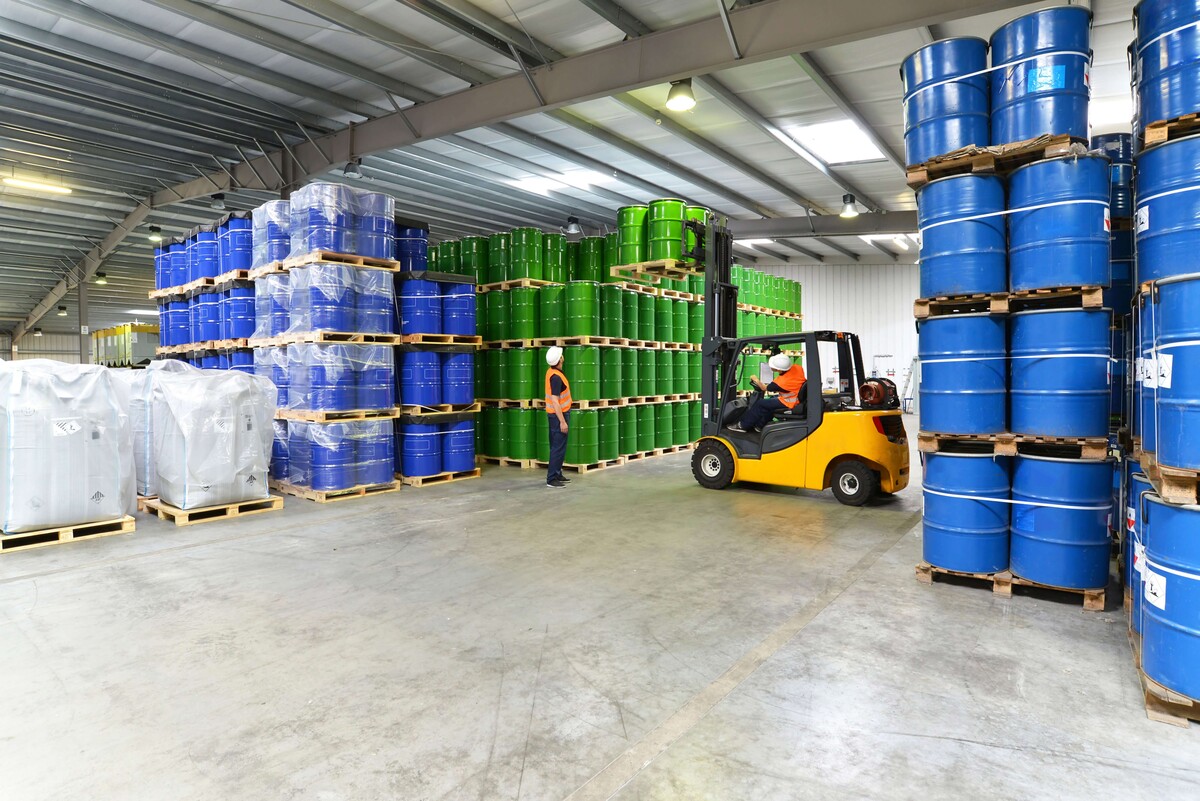

Articles
How To Store Chemicals
Modified: January 8, 2024
Looking for articles on how to store chemicals safely? Discover expert tips and guidelines to ensure proper storage and handling of chemicals to prevent accidents and maintain a safe environment.
(Many of the links in this article redirect to a specific reviewed product. Your purchase of these products through affiliate links helps to generate commission for Storables.com, at no extra cost. Learn more)
Introduction
Welcome to this comprehensive guide on how to store chemicals safely. Whether you are a chemist, a laboratory technician, or simply a homeowner with a collection of household chemicals, it is crucial to understand proper storage practices to ensure the safety of yourself, others, and the environment.
Chemicals have the potential to pose significant risks if stored improperly. They can be flammable, corrosive, toxic, or reactive, and mishandling them can lead to accidents, injuries, or even catastrophic incidents. Therefore, it is essential to follow safety precautions and guidelines when it comes to storing chemicals.
In this article, we will explore various aspects of chemical storage, including safety precautions, storage requirements, chemical compatibility, labeling and identification, ventilation and temperature control, spill response and emergency procedures, and disposal guidelines. By the end, you will have a comprehensive understanding of how to store chemicals in a safe and responsible manner.
Whether you work in a laboratory, industrial setting, or simply have chemicals at home, the information presented here will help you create a safe storage environment for your chemicals. By following these guidelines, you can mitigate potential risks and ensure the well-being of yourself and those around you.
So, let’s dive into the details of proper chemical storage and discover how to handle these materials responsibly.
Key Takeaways:
- Proper chemical storage requires adherence to safety precautions, storage requirements, and understanding of chemical compatibility to ensure a secure and controlled environment, minimizing the risk of accidents and chemical exposure.
- Effective labeling, ventilation, spill response, and disposal procedures are essential for maintaining a safe chemical storage environment, protecting individuals, the environment, and property from potential hazards and pollution.
Read more: How To Store Nitroglycerin
Safety Precautions
When it comes to handling and storing chemicals, safety should always be the top priority. Here are some essential safety precautions to keep in mind:
- Wear Personal Protective Equipment (PPE): Always wear the appropriate PPE, such as gloves, goggles, lab coats, and respirators, when handling chemicals. This will protect you from potential chemical hazards and minimize the risk of exposure.
- Read Material Safety Data Sheets (MSDS): Before handling any chemical, make sure to familiarize yourself with its MSDS. The MSDS provides crucial information about the chemical’s properties, hazards, handling procedures, and first aid measures.
- Follow Storage Compatibility Guidelines: Store chemicals according to their compatibility to prevent reactions or explosions. Keep combustible and flammable materials away from oxidizers, acids away from bases, and ensure that incompatible chemicals are stored separately.
- Ensure Proper Ventilation: Adequate ventilation is essential in chemical storage areas to prevent the buildup of toxic fumes. Install ventilation systems or use fume hoods to maintain good air circulation and minimize exposure to hazardous vapors.
- Keep Storage Areas Secure: Restrict access to chemical storage areas and ensure that only authorized personnel have entry. Lock cabinets and storage units to prevent accidental exposure or misuse.
- Use Proper Handling Techniques: When handling chemicals, avoid pipetting by mouth, smelling the contents directly, or inhaling chemical fumes. Use appropriate tools and equipment to transfer, mix, or measure chemicals.
- Store Chemicals in Proper Containers: Use containers made of materials compatible with the chemicals being stored. Ensure that containers are tightly sealed and labeled correctly to prevent leaks, spills, or accidental mixing.
- Implement a Spill Response Plan: Have a clear spill response plan in place, including the availability of spill kits, neutralizing agents, absorbent materials, and instructions on how to handle and clean up chemical spills safely.
- Train Personnel on Safe Handling: Provide proper training to all personnel involved in handling or storing chemicals. Ensure they are aware of the hazards, safety protocols, and emergency procedures to follow in case of accidents or incidents.
Adhering to these safety precautions will significantly reduce the risk of accidents, injuries, and chemical exposure. Always prioritize safety and follow industry best practices to ensure a secure and controlled environment for chemical storage.
Storage Requirements
Proper storage of chemicals is crucial to maintain their stability, integrity, and safety. Here are some essential storage requirements to consider:
- Segregate Incompatible Chemicals: Separate incompatible chemicals to prevent reactions. Group them based on their hazard class, such as flammables, corrosives, oxidizers, and toxic substances.
- Designate Storage Areas: Establish designated storage areas for different types of chemicals. This helps maintain organization and prevents accidental mixing or contamination.
- Control Temperature and Humidity: Store chemicals at appropriate temperature and humidity levels to prevent degradation. Extreme temperatures can cause chemical reactions or change their properties.
- Prevent Exposure to Sunlight: To maintain the stability of light-sensitive chemicals, store them in opaque or amber-colored containers and in areas protected from direct sunlight.
- Provide Adequate Shelving and Racking: Use sturdy and compatible shelving and racking systems to prevent spills or accidents. Ensure that shelves are adjustable and well-organized to optimize storage space.
- Monitor and Control Access: Limit access to authorized personnel and install security measures, such as locks or key card systems. Consider implementing a logbook for tracking chemical inventory and usage.
- Maintain Cleanliness: Keep storage areas clean, free from debris, and properly labeled. Regularly inspect containers for leaks, spills, or signs of deterioration.
- Store Flammables in Approved Cabinets: Store flammable liquids and materials in approved cabinets designed to minimize fire risk. These cabinets are constructed with fire-resistant materials and equipped with proper ventilation.
- Consider Special Storage Requirements: Certain chemicals may require specific storage conditions. For example, some chemicals need to be stored in explosion-proof refrigerators or under inert gas atmospheres.
- Follow Local Regulations: Familiarize yourself with local regulations and guidelines for chemical storage. Different jurisdictions may have specific requirements or restrictions that need to be followed.
Adhering to these storage requirements will help maintain the integrity of your chemicals, reduce the risk of accidents, and ensure the longevity of their usability. Remember that proper storage is fundamental for the safe handling of chemicals and protection of both individuals and the environment.
Chemical Compatibility
Understanding the compatibility of chemicals is essential to prevent unwanted reactions, spills, or hazards. Chemicals can react violently when exposed to incompatible substances, leading to fires, explosions, or the release of toxic gases. Here are some key points to consider when it comes to chemical compatibility:
- Know the Chemical Hazard Classifications: Familiarize yourself with the different hazard classifications, such as flammables, corrosives, oxidizers, and toxic substances. This information will help you understand the potential risks associated with each chemical.
- Refer to Compatibility Charts: Use compatibility charts or databases to determine which chemicals can be stored together safely. These resources provide valuable guidance on which substances may react or pose risks when in close proximity.
- Separate Incompatible Chemicals: Store incompatible chemicals in separate areas or containers to prevent accidental mixing. Examples of incompatible pairs include acids and bases, oxidizers and flammables, and certain organic materials with strong oxidizers or reactive metals.
- Consider Storage Groups: Group compatible chemicals together based on their hazard class and chemical characteristics. Keep flammable liquids separate from other classes, and ensure that corrosives are stored away from reactive substances.
- Be Aware of Inherent Incompatibilities: Some chemicals have inherent incompatibilities, even within the same hazard class. For example, certain organic compounds can react with oxygen or moisture, leading to decomposition or combustion.
- Pay Attention to Storage Containers: Ensure that storage containers are made of materials that are compatible with the chemicals being stored. Some substances may react or degrade certain types of plastics or metals.
- Consider Secondary Containment: For particularly hazardous chemicals, consider using secondary containment measures. This involves placing them in secondary containers or trays to contain any spills or leaks.
- Stay Informed on Chemical Interactions: Keep up to date with research and information regarding chemical interactions. The scientific community continually discovers new reactions, hazards, or precautions associated with different chemical combinations.
By understanding chemical compatibility and taking the necessary precautions, you can minimize the risk of hazardous reactions and ensure the safety of your storage environment. If in doubt about the compatibility of certain chemicals, consult the manufacturer’s instructions, safety data sheets, or seek guidance from a qualified chemist or safety professional.
Labeling and Identification
Proper labeling and identification of chemicals is essential for maintaining a safe storage environment and ensuring that they are handled correctly. Here are some important considerations when it comes to labeling and identifying chemicals:
- Label All Containers: Every container storing chemicals should be clearly labeled with the name of the substance, hazard warnings, and the date of receipt or expiration. Use durable and chemical-resistant labels that will not fade or peel over time.
- Use Standardized Labels: Follow a consistent labeling system to provide uniformity and clarity. Use labels that comply with regulatory standards, such as the Globally Harmonized System (GHS), to ensure that hazard symbols and safety information are properly conveyed.
- Include Hazard Warnings: Clearly indicate the hazards associated with the chemical on the label. Use appropriate pictograms, signal words, and hazard statements to convey the dangers posed by the substance.
- Include Handling Instructions: Provide specific handling instructions on the label, such as recommendations for storage temperature, ventilation requirements, and any precautions necessary when using the chemical.
- Update Labels as Needed: Regularly review and update labels to reflect any changes in the chemical’s properties, hazards, or storage requirements. Remove labels from empty or expired containers to prevent confusion.
- Implement a Chemical Inventory System: Maintain an accurate and up-to-date inventory of all chemicals stored. Use a tracking system that includes information on the chemical name, quantity, location, and any other relevant details.
- Include Emergency Contact Information: On the label, provide emergency contact information, including the name and phone number of a responsible person or department who can provide assistance or guidance in case of emergencies or accidents.
- Keep Labels Legible: Ensure that labels are legible and easy to read. Regularly inspect labels for damage, fading, or deterioration, and replace them if necessary.
- Train Personnel on Label Interpretation: Educate all personnel on how to interpret the labels and understand the information provided. This will enable them to handle chemicals safely and take appropriate precautions.
- Dispose of Empty or Unidentified Containers: Remove and properly dispose of empty containers or those with illegible or missing labels. Do not use unlabeled containers for storing chemicals.
Effectively labeling and identifying chemicals ensures that everyone working with or around them can quickly and accurately assess the hazards and take appropriate precautions. It is an integral part of proper chemical storage and helps create a safe and organized environment.
Always store chemicals in their original containers with proper labels. Keep them in a well-ventilated, cool, and dry area away from direct sunlight and incompatible substances.
Read more: How To Store Borax
Ventilation and Temperature Control
Proper ventilation and temperature control play vital roles in maintaining a safe chemical storage environment. Adequate airflow and temperature regulation help prevent the buildup of toxic fumes, maintain the integrity of chemicals, and minimize the risk of accidents. Here are some key considerations:
- Assess Ventilation Requirements: Evaluate the ventilation needs based on the types and quantities of chemicals being stored. Different chemicals may require specific ventilation systems or equipment.
- Implement Local Exhaust Ventilation: If working with volatile or toxic chemicals, consider installing local exhaust ventilation systems. These systems help capture and remove fumes, vapors, or harmful substances at the source.
- Ensure Proper Air Circulation: Maintain good air circulation in the storage area to prevent the accumulation of hazardous vapors. This can be achieved by using fans, opening windows, or using fume hoods.
- Monitor Air Quality: Regularly test the air quality in the storage area to ensure that it meets regulatory requirements and is free from excessive levels of hazardous substances.
- Control Temperature and Humidity Levels: Store chemicals within recommended temperature and humidity ranges to prevent degradation or reactions. Extreme temperatures can cause substances to become unstable or increase the risk of fires or explosions.
- Prevent Exposure to Sunlight: Store chemicals away from direct sunlight or sources of heat to avoid temperature fluctuations and degradation of light-sensitive substances.
- Use Temperature-Controlled Storage Units: For temperature-sensitive chemicals, consider using refrigerators, freezers, or temperature-controlled cabinets. These units provide a controlled environment and prevent degradation or volatility.
- Monitor and Document Temperature: Regularly monitor and record the temperature in the storage area to ensure it remains within the recommended range. This helps identify any fluctuations or issues that need to be addressed.
- Implement Emergency Shutdown Systems: Install emergency shutdown systems, such as temperature alarms, in case of temperature spikes or equipment malfunctions. These systems can provide early warning signs and help prevent accidents.
- Regular Maintenance of HVAC Systems: Ensure that heating, ventilation, and air conditioning (HVAC) systems are properly maintained and functioning correctly. Regularly inspect and clean filters, ducts, and fans to optimize performance.
By prioritizing ventilation and temperature control, you can create a safer environment for chemical storage, reduce the risk of accidents, and prolong the shelf life of chemicals. Consult with experts or follow industry guidelines to determine the specific ventilation and temperature requirements for different types of chemicals stored in your facility.
Spill Response and Emergency Procedures
Even with careful storage and handling practices, chemical spills can still occur. Having effective spill response and emergency procedures in place is essential to minimize the impact of a spill and protect individuals, the environment, and property. Here are some key steps to follow:
- Assess the Situation: Quickly evaluate the spill to determine its size and severity. Identify the chemical involved, its hazards, and any immediate risks to people or the environment.
- Alert the Relevant Personnel: Immediately notify all personnel in the area about the spill. If necessary, activate the emergency alarm or alert system to evacuate the area and ensure everyone’s safety.
- Isolate and Secure the Area: Establish a safe perimeter around the spill to prevent unauthorized access. Use barriers or caution tape to restrict entry and minimize exposure to the hazardous material.
- Don Personal Protective Equipment (PPE): Put on appropriate PPE, such as gloves, goggles, lab coats, and respirators, before approaching or handling the spill. Ensure that all personnel involved have the necessary protective gear.
- Contain the Spill: Use spill containment materials, such as absorbent pads or booms, to prevent the spill from spreading further. Create a physical barrier to confine the hazardous material and limit its impact.
- Neutralize, Dilute, or Absorb the Spilled Chemical: Depending on the nature of the spilled chemical, neutralize it if possible, dilute it with a suitable substance, or use absorbent materials to soak up the spill. Follow the recommended procedures outlined in the chemical’s safety data sheet.
- Properly Dispose of Contaminated Materials: Collect and dispose of the contaminated materials, such as absorbent pads, in accordance with local regulations and guidelines. Use designated hazardous waste containers or contact the appropriate authorities for proper disposal procedures.
- Decontaminate the Area: Thoroughly clean and decontaminate the affected area using appropriate cleaning agents and procedures. This helps remove any residual contamination and ensures a safe environment for further activities.
- Investigate and Document the Incident: Conduct a thorough investigation to determine the cause of the spill and identify any corrective actions needed to prevent future incidents. Document the details of the spill, including date, time, chemicals involved, response actions taken, and personnel involved.
- Provide Training and Review Procedures: Regularly train personnel on spill response procedures and conduct periodic drills to ensure their familiarity with the process. Regularly review and update the procedures based on lessons learned and industry best practices.
Remember, in the event of a chemical spill, safety should always be the top priority. Act swiftly and decisively, follow the established spill response procedures, and seek assistance from trained professionals if needed. By having effective spill response and emergency procedures in place, you can minimize the impact of spills and protect the well-being of all individuals involved.
Disposal Guidelines
Proper disposal of chemicals is essential to protect the environment and prevent harm to human health. Disposing of chemicals incorrectly can lead to pollution of water, soil, or air, and pose risks to wildlife and ecosystems. Here are some important guidelines to follow when it comes to chemical disposal:
- Review Local Regulations: Familiarize yourself with local regulations and guidelines regarding chemical disposal. Different regions may have specific requirements or restrictions that need to be followed.
- Identify Hazardous Waste: Determine if the chemical is considered hazardous waste. Hazardous waste is regulated and requires special handling, treatment, or disposal methods.
- Consult Safety Data Sheets (SDS): Refer to the chemical’s SDS for information regarding its disposal recommendations. The SDS provides guidance on safe disposal methods and any specific requirements for the particular substance.
- Segregate Hazardous Waste: Separate hazardous waste from non-hazardous waste to ensure proper handling and disposal. Storing hazardous waste in designated containers or areas helps prevent accidental mixing or contamination.
- Utilize Authorized Waste Disposal Services: Contact authorized waste disposal services to handle the disposal of hazardous waste. These services have the expertise and facilities to handle and dispose of chemicals safely and in compliance with regulations.
- Recycle if Possible: If the chemical is recyclable, explore recycling options instead of disposal. Many organizations and facilities accept certain types of chemicals for recycling, reducing the environmental impact.
- Follow Container Disposal Guidelines: Dispose of empty chemical containers according to local regulations. Some containers may need to be rinsed or triple-rinsed before disposal, while others may be required to be thrown away intact.
- Be Mindful of Chemical Reactions: Before disposing of a chemical, consider any potential reactions it may have with other substances. Avoid mixing chemicals that could result in hazardous reactions or the release of toxic substances.
- Secure Proper Packaging and Labeling: Package and label hazardous waste containers appropriately. Use sturdy, leak-proof containers and clearly mark them as hazardous waste to ensure safe transportation and disposal.
- Document Disposal Procedures: Keep records of all chemical disposals, including the name of the chemical, quantity, date of disposal, and the authorized waste disposal service used. This documentation helps ensure compliance with regulations and provides a reference for future audits.
Remember, proper chemical disposal is critical for protecting the environment and maintaining safety. Take the time to understand and follow the appropriate guidelines and regulations in your area to ensure responsible and environmentally-friendly disposal practices.
Conclusion
In conclusion, proper storage and handling of chemicals are paramount to maintaining a safe environment and minimizing the associated risks. By following safety precautions, implementing storage requirements, understanding chemical compatibility, labeling and identifying substances correctly, controlling ventilation and temperature, and being prepared for spills and emergencies, you can create a secure and controlled storage environment for chemicals.
Safety precautions, such as wearing appropriate personal protective equipment, reading material safety data sheets, and following storage compatibility guidelines, are essential in minimizing the risk of accidents, injuries, and chemical exposure. Furthermore, implementing proper ventilation and temperature control helps ensure the stability of chemicals and prevents the buildup of hazardous fumes.
Labeling and identifying chemicals correctly is crucial for easy identification and understanding of the hazards associated with each substance. This information aids in safe handling and helps prevent inadvertent mishaps or accidental mixing of incompatible materials.
In the event of a spill, having effective spill response and emergency procedures in place is vital to minimize the impact and protect individuals, the environment, and property. Lastly, proper disposal of chemicals in accordance with local regulations and guidelines is essential to prevent pollution and minimize harm to the environment.
By following these guidelines and best practices, you can create a safe and responsible storage environment for chemicals, whether in a laboratory, industrial setting, or your own home. Remember to stay up-to-date with safety protocols, communicate and train personnel on proper handling and storage procedures, and review and update your practices regularly to ensure ongoing safety and compliance.
Ultimately, responsible chemical storage practices not only protect individuals and the environment but also contribute to a healthier and safer community as a whole.
Frequently Asked Questions about How To Store Chemicals
Was this page helpful?
At Storables.com, we guarantee accurate and reliable information. Our content, validated by Expert Board Contributors, is crafted following stringent Editorial Policies. We're committed to providing you with well-researched, expert-backed insights for all your informational needs.
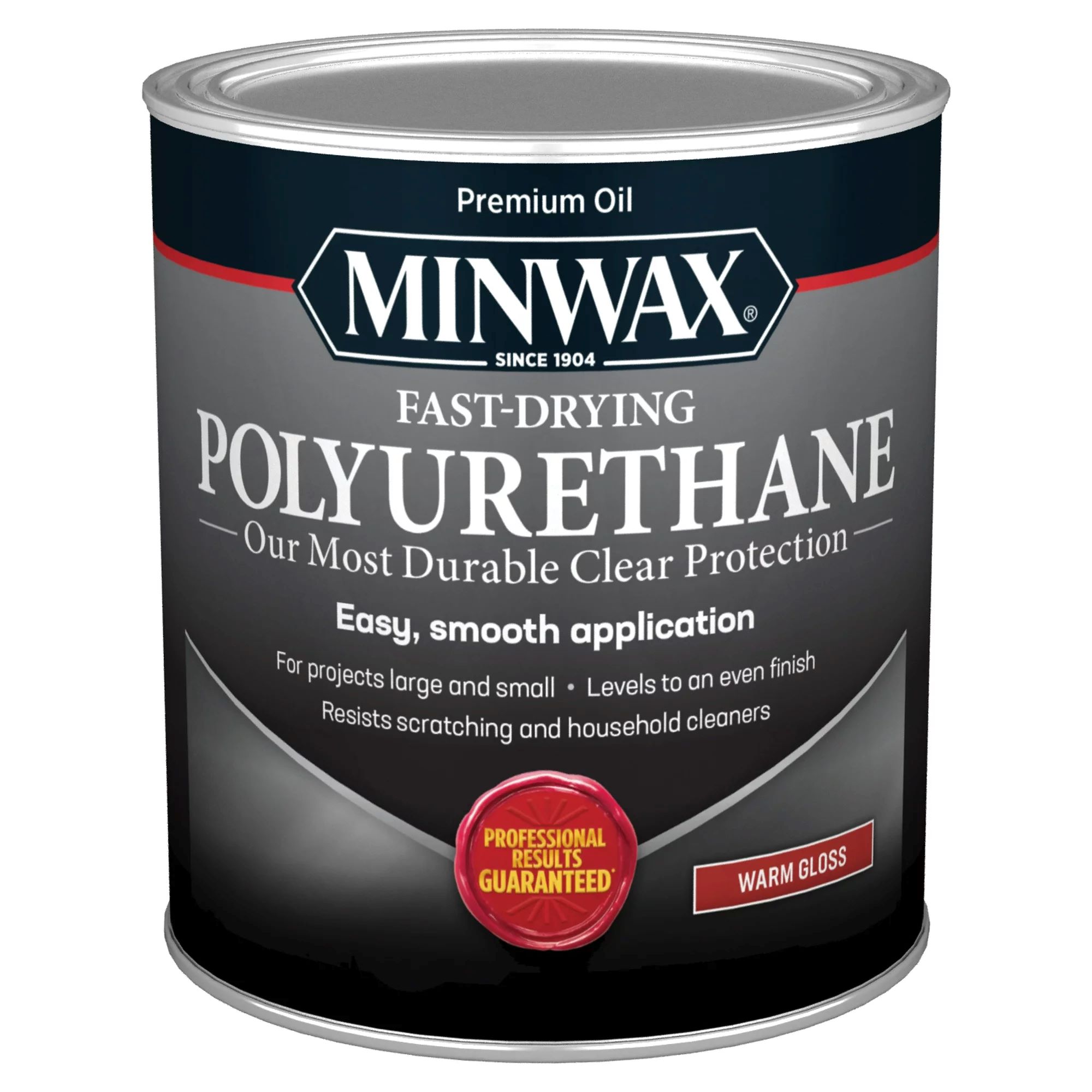
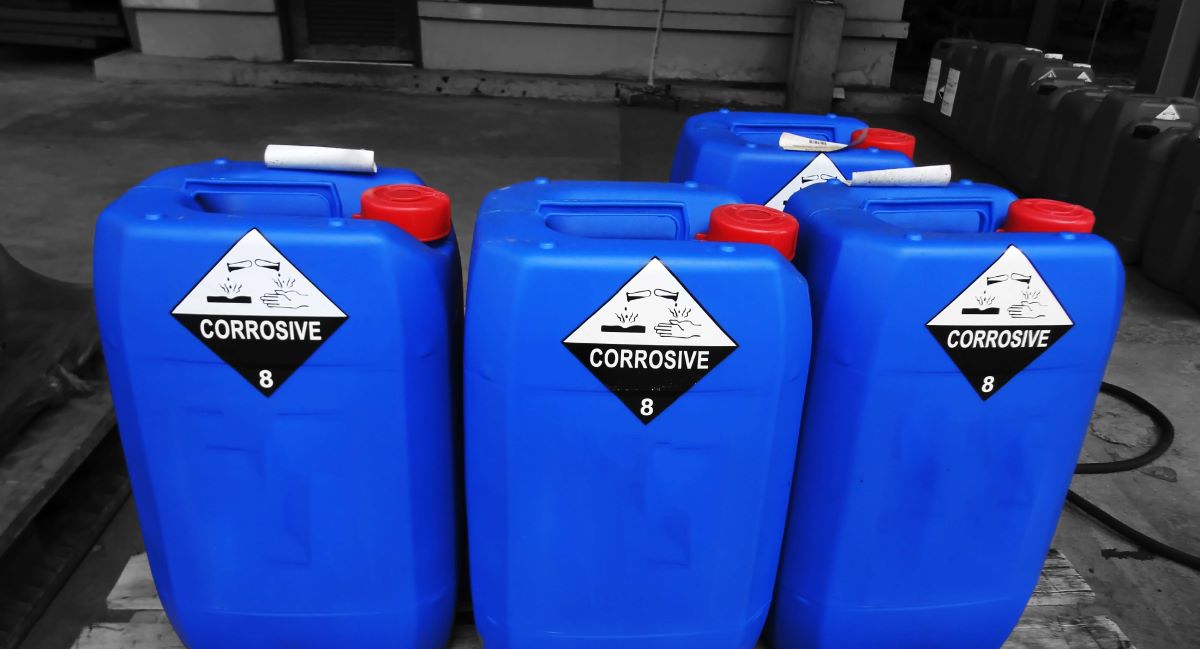
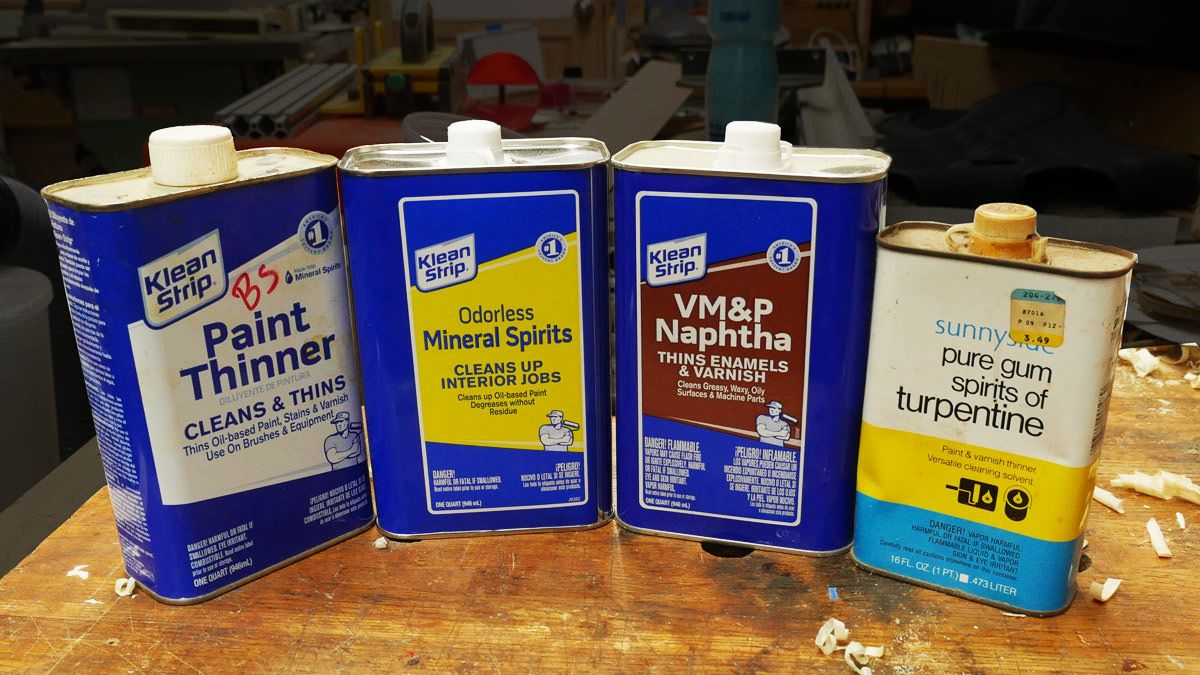

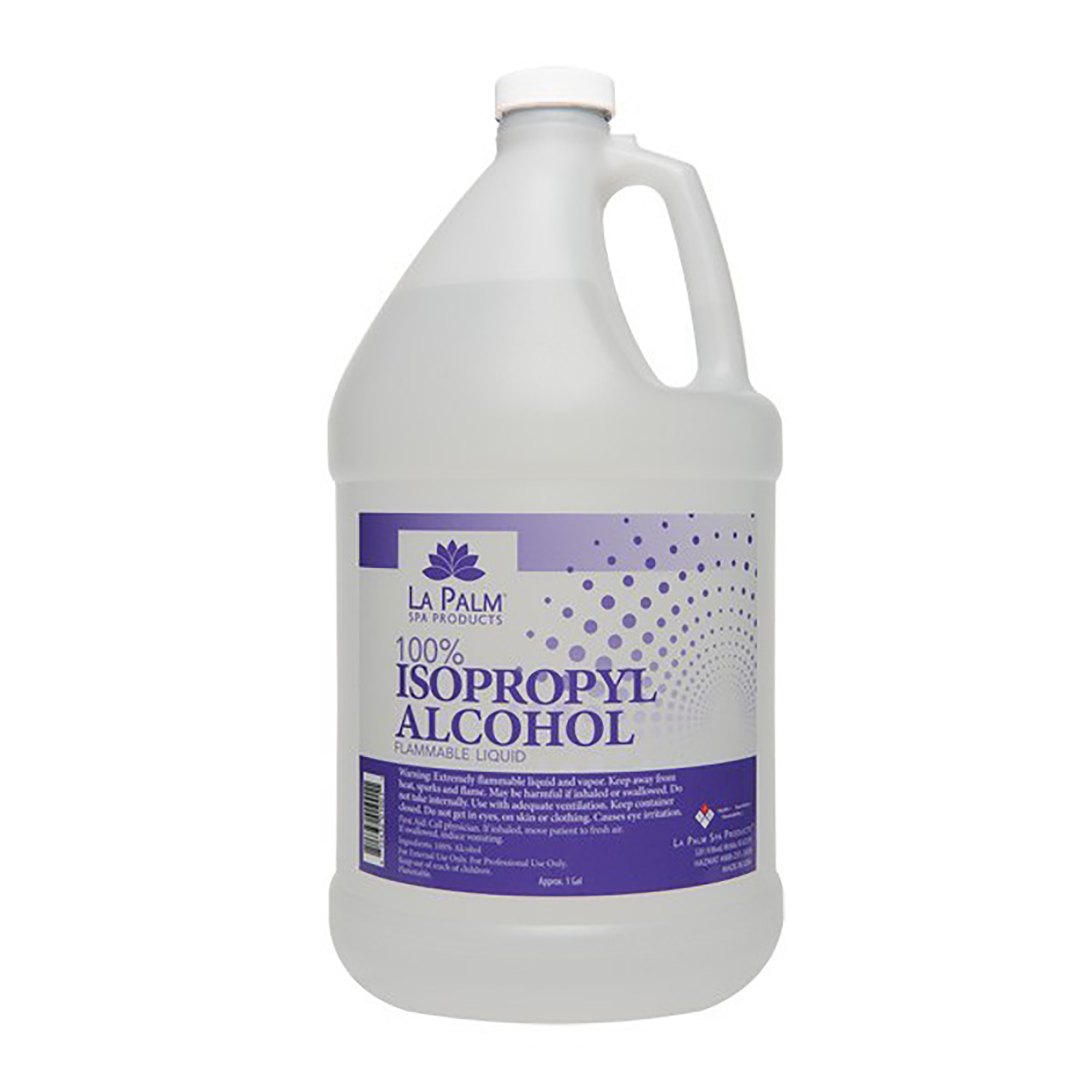
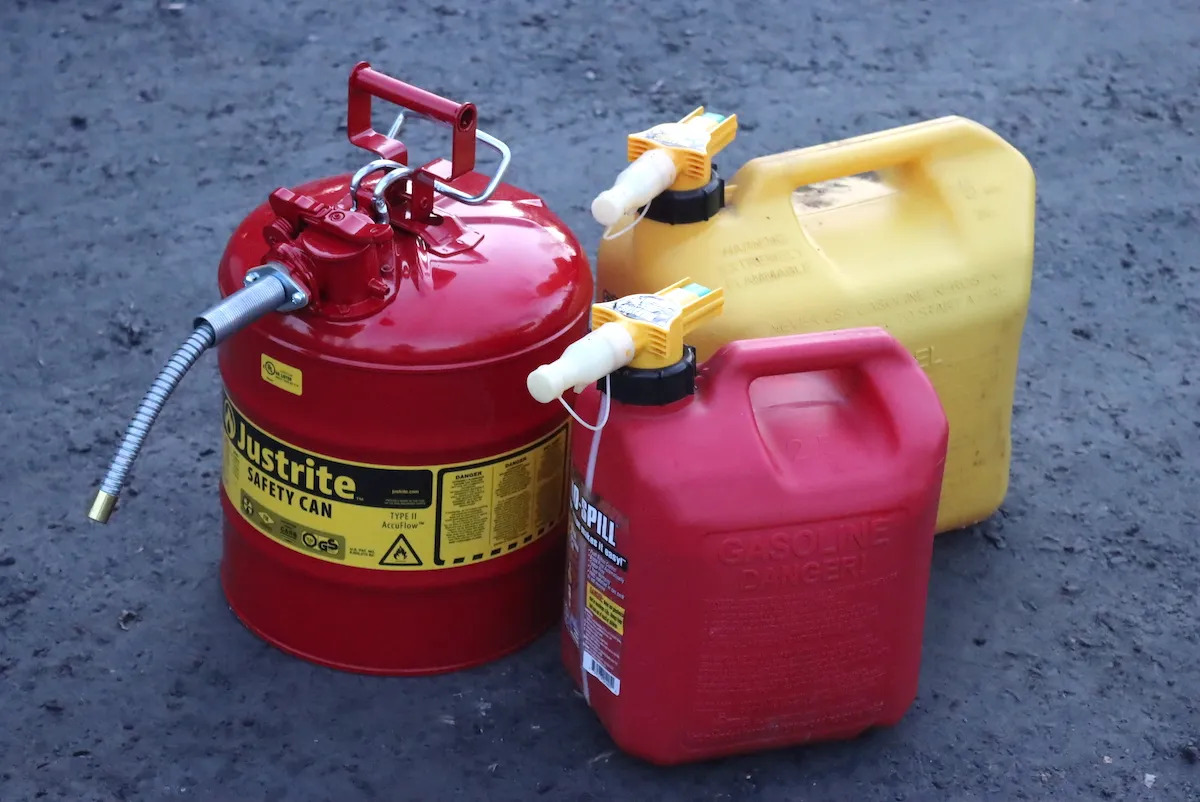
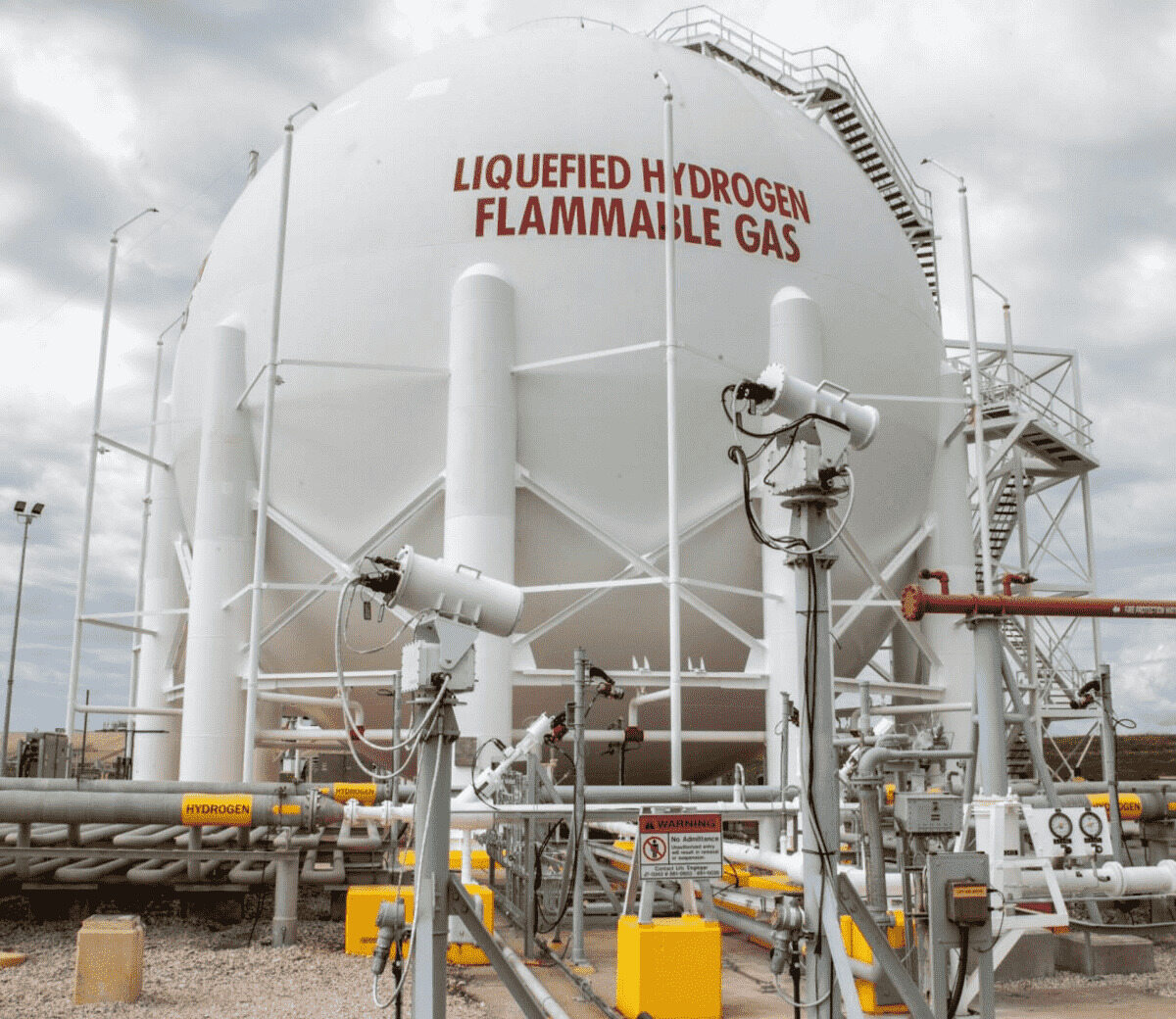
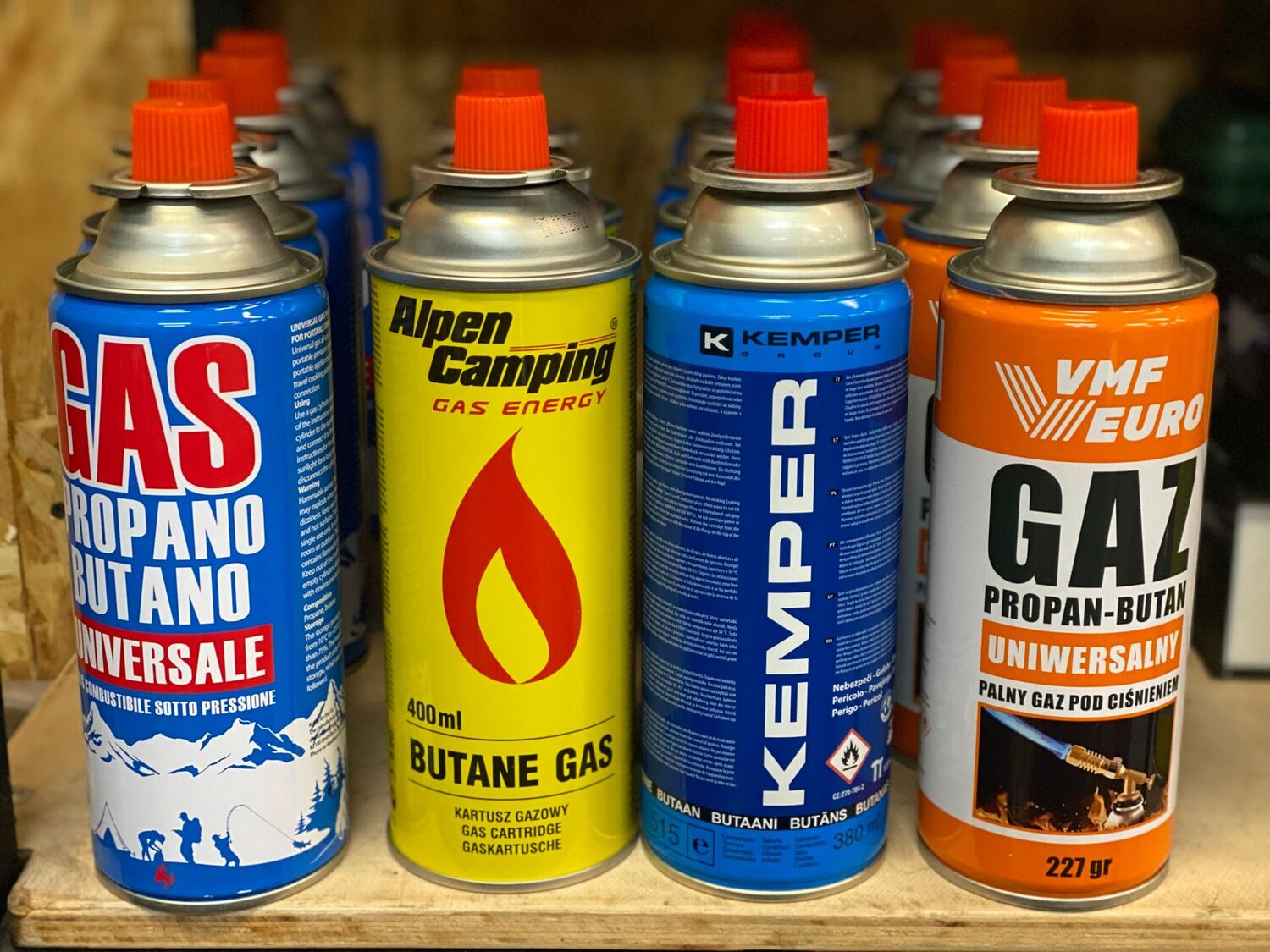
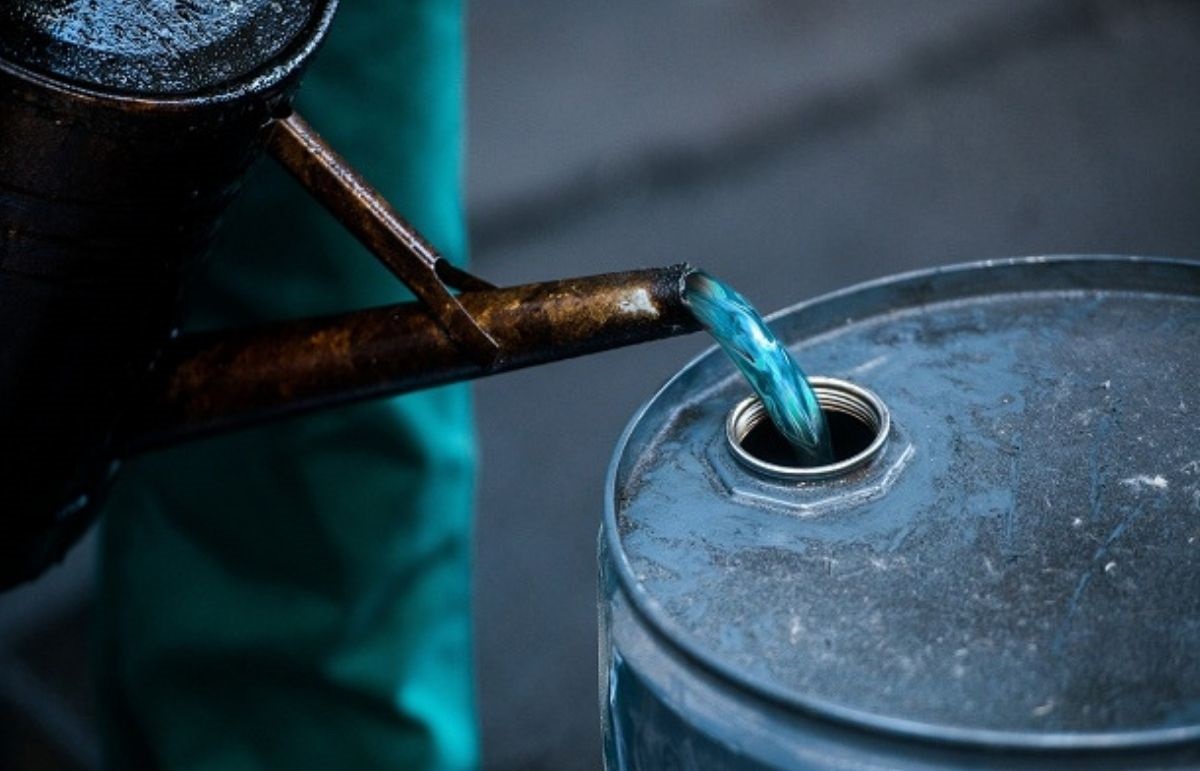
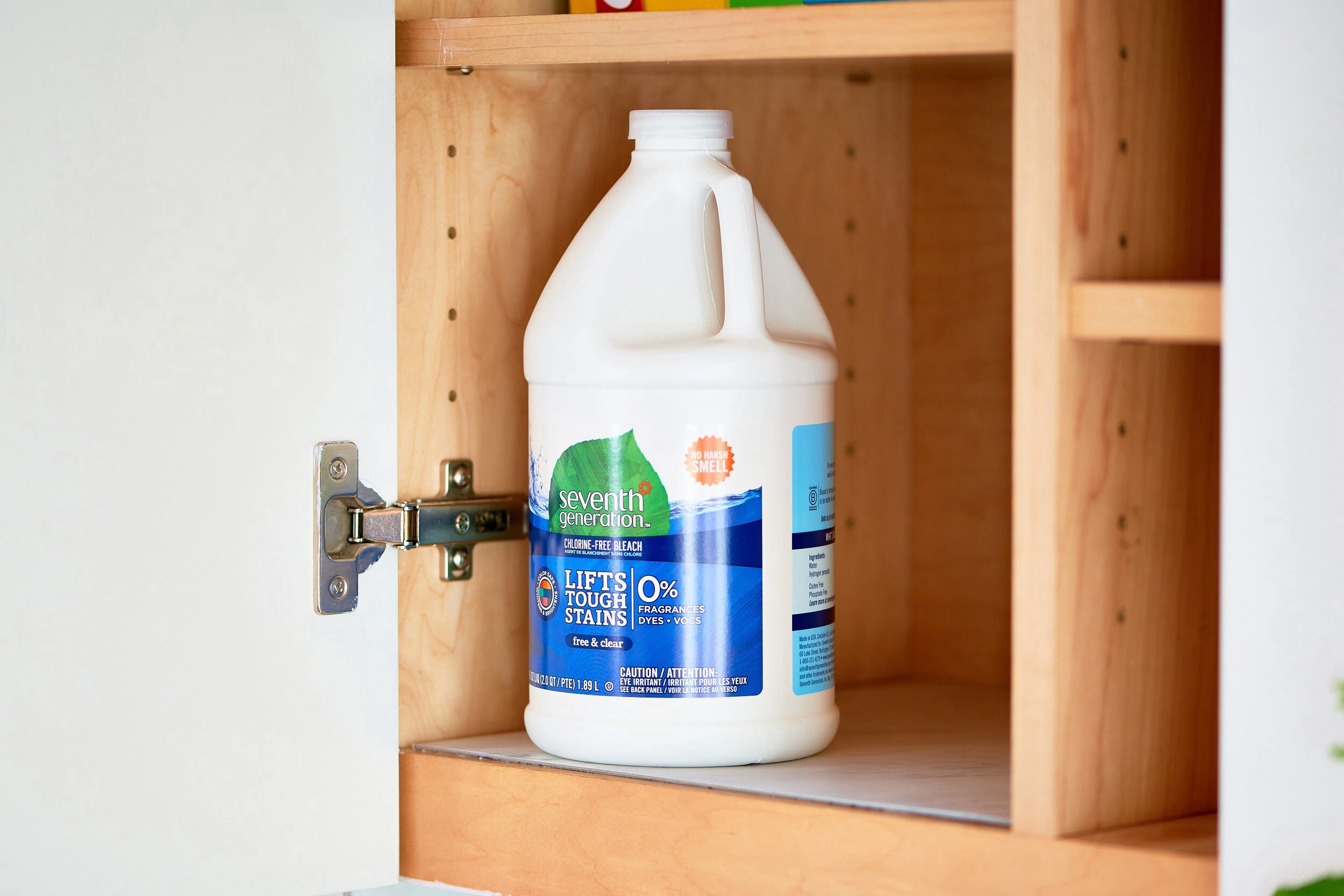

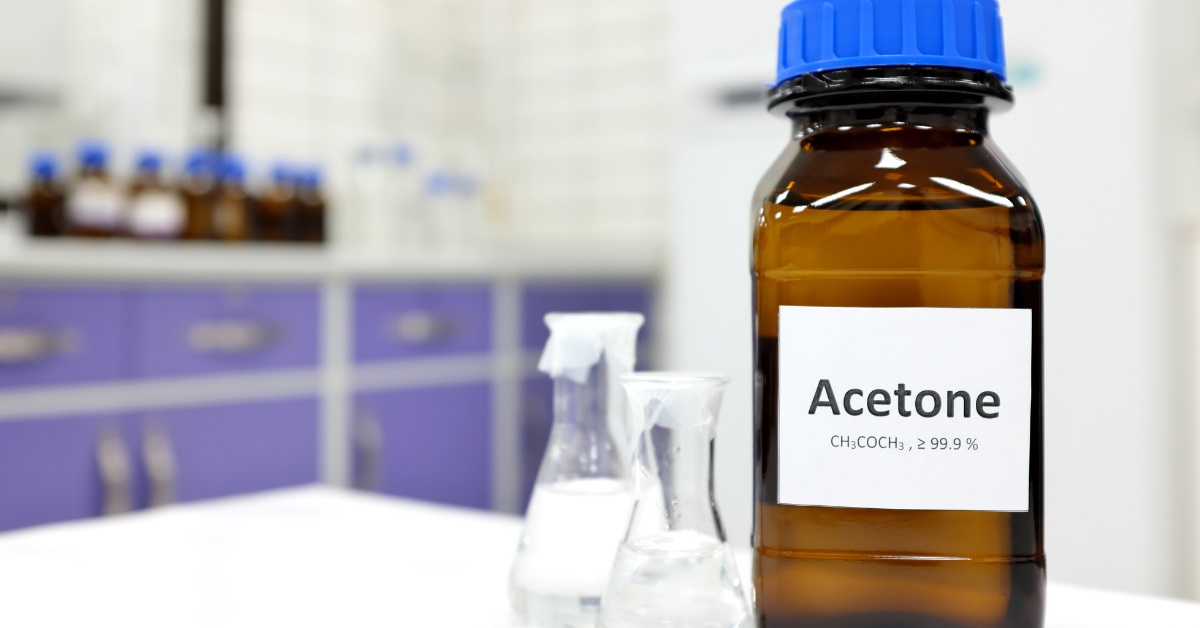

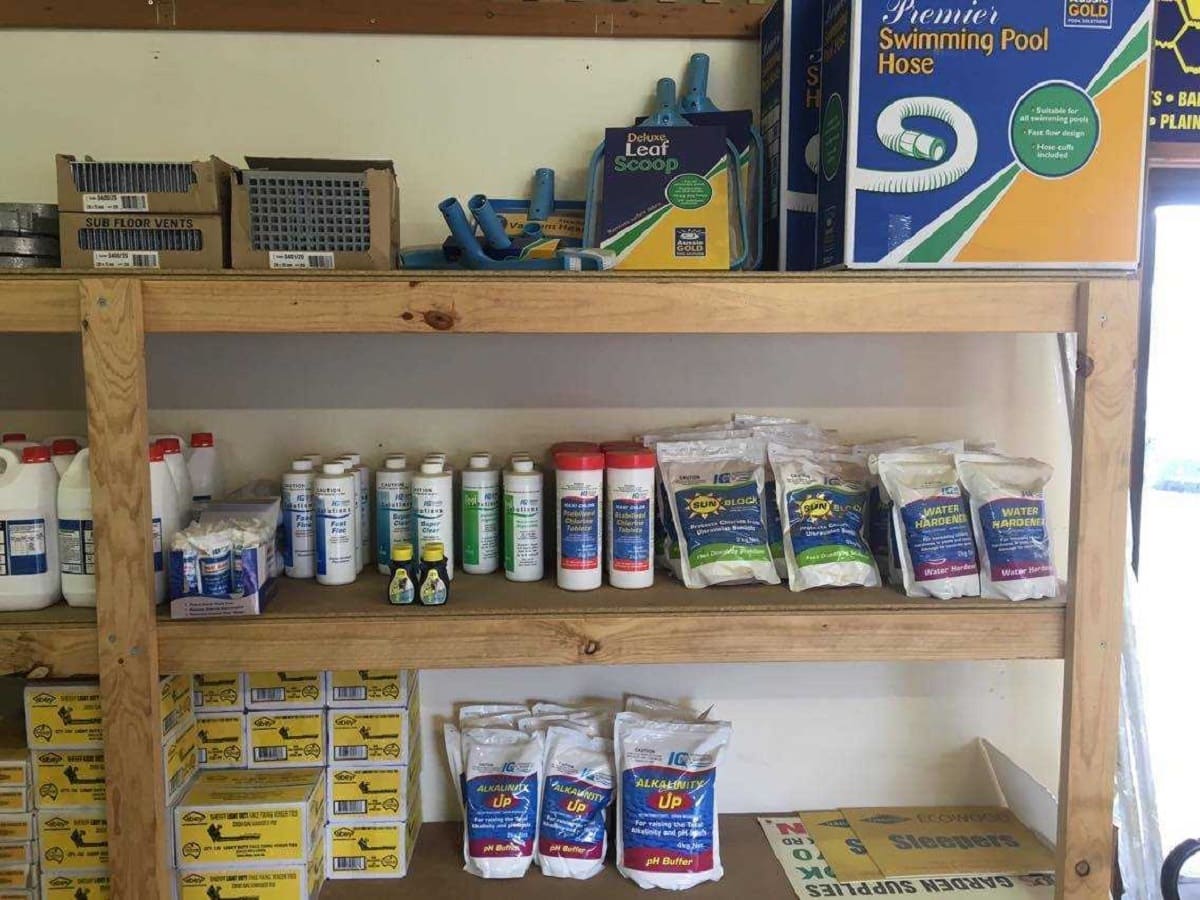

0 thoughts on “How To Store Chemicals”